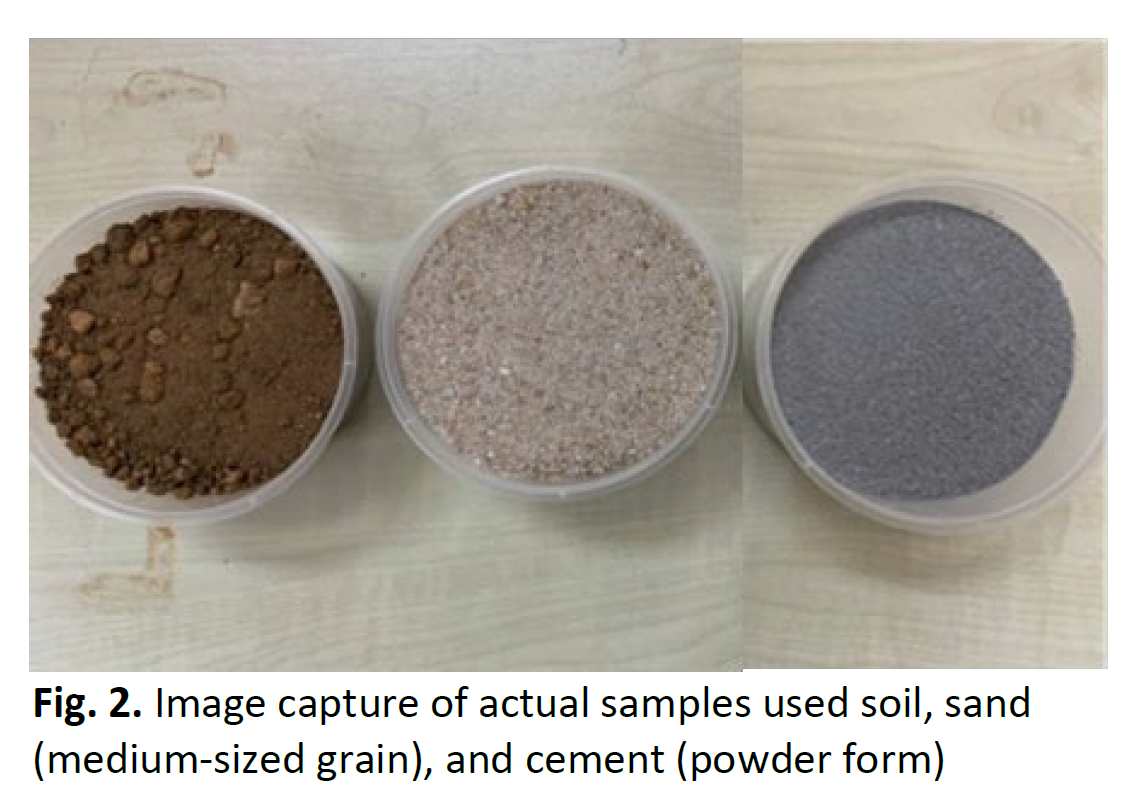Vibration Analysis of the Distributed Optical Vibration Sensor (DOVS) on Various Surrounding Materials and Water Content
DOI:
https://doi.org/10.37934/sijmr.1.1.2025Keywords:
Distributed vibration sensing, Optical fiber, Single Mode Fiber (SMF), Vibration analysisAbstract
Distributed optical vibration sensing (DOVS) is an optical sensing method that monitors acoustic turbulence in optical fibres, and then demodulating and processing the optical signal to correlate it to an external parameter. Optical based DOVS sensors have a few key advantages, including large-scale monitoring, good concealment, good flexibility and anti-electromagnetic interference which makes them useful for a wide range of applications. In this work, a distributed vibration sensing (DVS) is demonstrated using a 1550 nm erbium-doped fiber amplifier (EDFA) as a broadband emission source and a single-mode fiber (SMF) as the sensing mechanism. An Arduino piezoelectric transducer (PZT) vibrator is used as the vibration source in the experiments, while sand, soil, and cement with different water compositions are used as the test media. The different water content has varying refractive indices and elasticities. The vibration analysis is measured through the Fast Fourier Transform (FFT) where the frequency drift, intensity, and signal-to-noise ratio (SNR) is observed. Results of the testing show a similar sensitivity of intensity for different materials and water content which is 0.016dB/mL. Meanwhile, the highest frequency drift is observed for sand with varied water content which is 0.617Hz/mL. Similarly, the highest SNR of 23.5dB was also obtained for soil with a water content of 250 mL, while the lowest SNR was that of cement with the same water content at 15.1dB. This indicates that the DOVS system is capable of picking up even minor vibrations in cement, soil and sand, and would thus have significant applications in structural monitoring.













